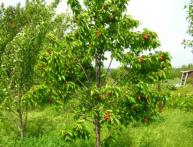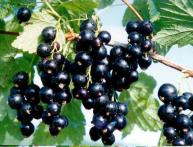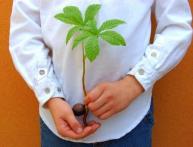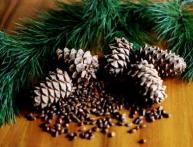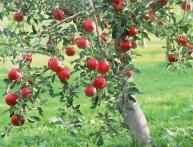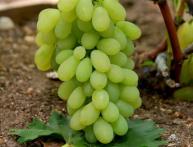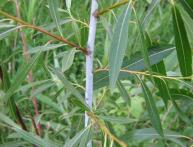Choosing “safe” varieties of sea buckthorn
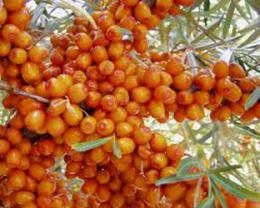
It’s not so often that you come across a gardener who grows sea buckthorn on his plot. But in vain, because sea buckthorn berries contain 5 types of vitamins, and sea buckthorn oil is widely used in medicine. It treats skin diseases and stomach ulcers. The presence of vitamin E in sea buckthorn fruits helps prevent diseases such as muscular dystrophy; carotene makes sea buckthorn a means of maintaining normal growth in children; and the culture does not compromise on the content of vitamins C and P compared to strawberries.
The benefit of growing sea buckthorn is evidenced by the fact that it is very easy to care for. The main thing is to do timely pruning of the crown (in early spring) and periodically apply fertilizers. It is traditionally believed that sea buckthorn fruits are difficult to collect due to the presence of thorns, but there are cultivated varieties of sea buckthorn without thorns at all or with a small number of them:
- Golden Siberia' - sea buckthorn tree with high yield and lack of thorns;
- "Moscow pineapple" is a medium-sized bush with a yield of 6-8 kg.
- “Abundant” is a tree from which you can get up to 12 - 14 kg of fruit.
- "Botanical Amateur" is a very valuable variety, resistant to pests, and the yield reaches 20 kg.
Sea buckthorn varieties must be selected in accordance with the climatic conditions of the region. A feature of this crop is the presence of male and female plants; in order to reap a good harvest, the gardener needs to purchase a pair. It is better to buy seedlings propagated by cuttings.
Sea buckthorn should grow in every garden; its benefits are much greater than the possible inconveniences associated with harvesting.

